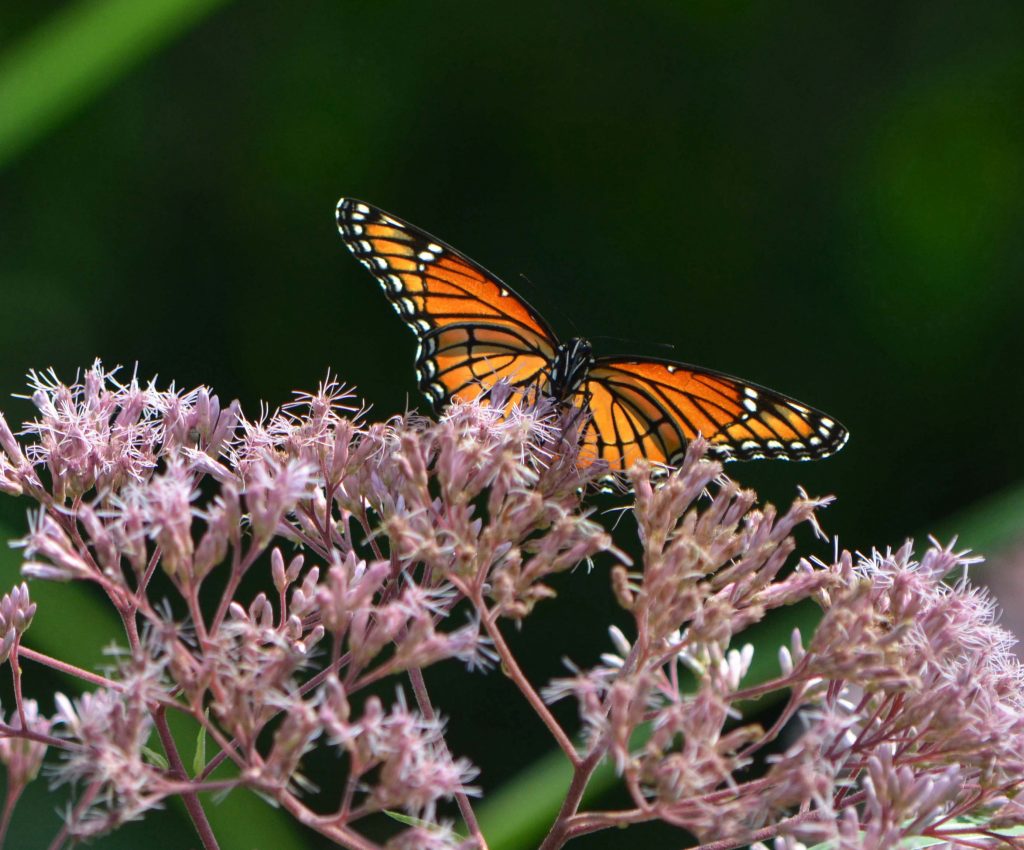What Are Natives?
What are natives?
What nature intended: Natives are the plants that grow naturally in a region — as in, they generally occurred here before European settlement. They also are the grassroots for co-survival of other native species, including insects, birds and wildlife.
More for less: Native plants sometimes are more resistant to drought, insects and disease than non-natives − and they sometimes require less work, money and water to maintain. This is not always the case, but when it is, the reason is quite natural: Over the centuries, they adapted to the local soil and climate.
By the numbers: The 2012 publication “The Flora of Virginia” describes 3,200 plant species native to, or naturalized in, our state. This guidebook is a handy resource when making planting decisions. Your eco-community will thank you when you use native plants in your home, business and recreational landscapes. (An app is available via floraofvirginia.org).
Season’s greetings: Native plants range from wildflowers, reeds and vines to flowering plants, shrubs and trees. Natives also cover the range of seasons, from flowering dogwood (spring) and honeysuckle (summer) to cattail (autumn) and beautyberry (winter).
Dig ’em — but don’t: Take photos of nature’s beauty, but don’t take natives from the wild. Digging up a native plant can endanger a species’ survival — and sometimes it’s even illegal. The biggest threat to natives is man, so be sure to shop at nurseries whose stock is propagated from responsibly collected seeds.
Name check: A “nativar” is not a native. It’s a human-cultivated variety of a native species that has been selected for a specific attribute. Sure, it may be showier or more flowerful, but there’s no guarantee it will meet the needs (or approval!) of native creatures and critters.

“Gardens are a primary way to connect with the world,” said Benjamin Vogt, columnist for Houzz.com and author of “A New Garden Ethic.” Gardens also support natural communities within urban and suburban developments.
Invasive threat: If nature didn’t sow it, double-check before you grow it. Some (but not all) non-natives can be invasive, meaning they can wreak havoc on the ecosystem. Remember kudzu, the aggressive invasive that ate the South?
The Morton Native Plant Garden at Lewis Ginter Botanical Garden highlights some of Virginia’s stalwarts. For more about other native plants and trees, see the sidebar.
A version of this article first appeared in the “Discover Richmond” insert of the Richmond-Times Dispatch.
